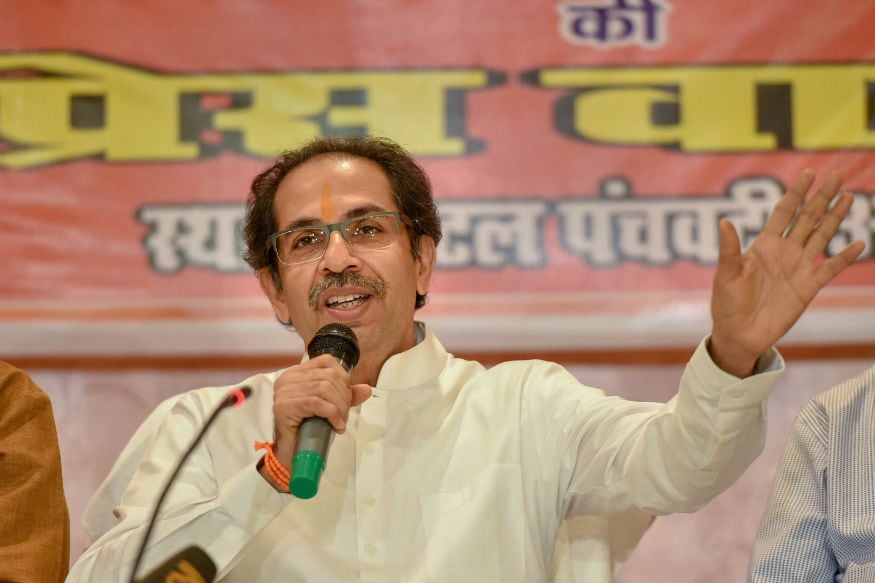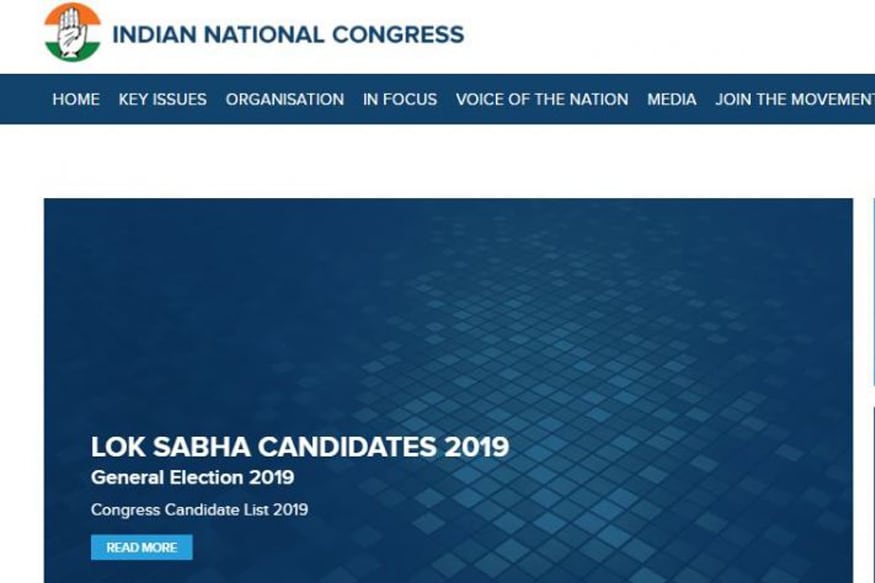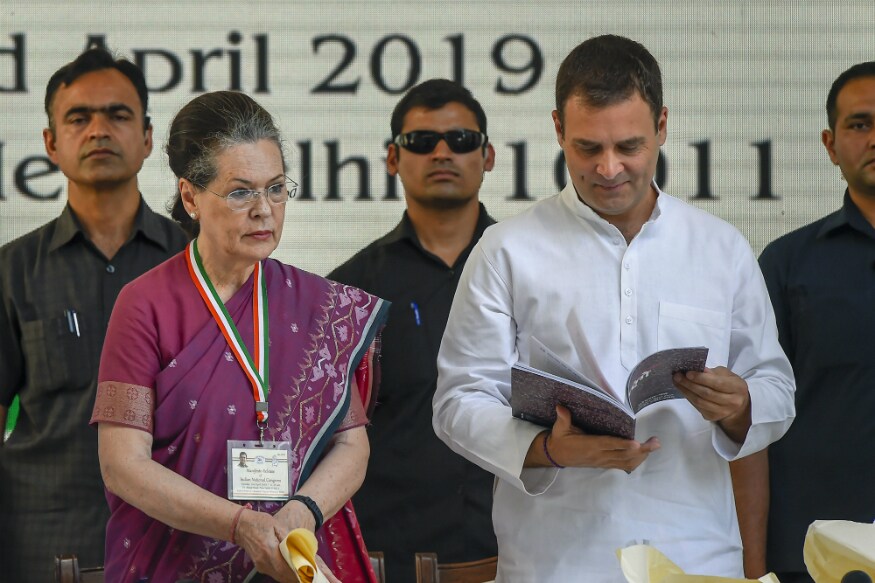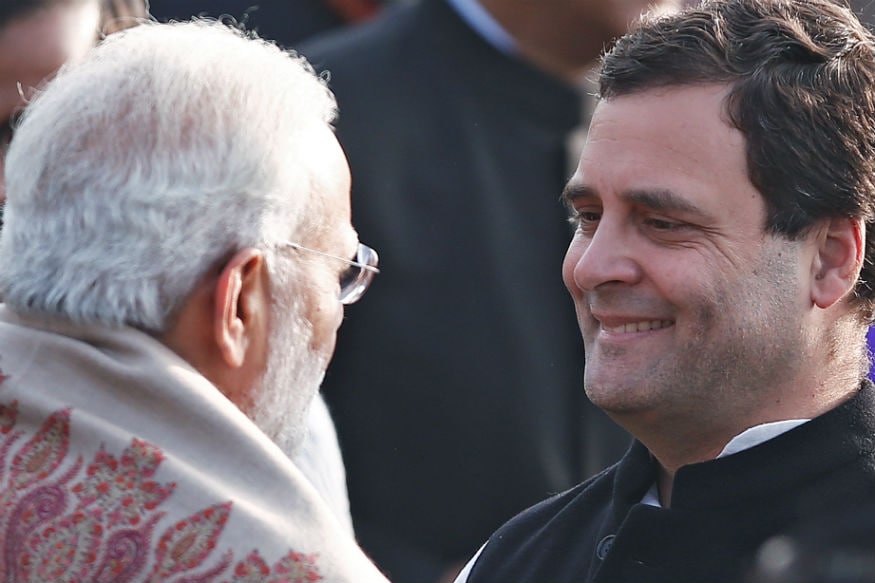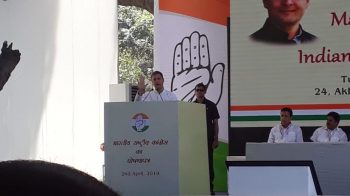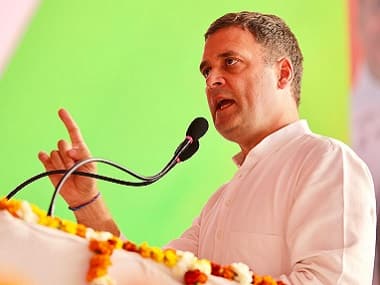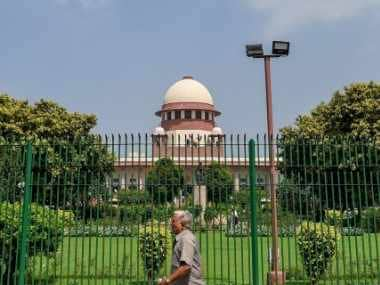For voters to be steered by facts it is important to provide them with a framework to assess the earlier government’s performance.
Vipul Prasad
Every time India approaches its general elections, a lack of focus on political parties’ election manifestos becomes more conspicuous.
In a democracy, the idea behind elections at a certain frequency is to empower citizens to elect a political party or a candidate of their choice for a term, and to give them the option to reject the party for the next term. Inherent here is the assumption that people will cast votes as per the party’s performance in the last term and the expectations for the future.
Future expectations understandably are often embedded in the past performance of the candidate – whether in power or otherwise. Thus, for voters to be steered by facts, it is important to provide them with a framework to assess the earlier government’s performance.
This is where election manifestos come into the picture. Election manifestos are essentially a list of strategic goals and priorities of the political parties if they are elected to form the government. In India, unfortunately, people rarely take elections manifestos seriously.
Indeed, even political parties do not give due importance to it. Voters end up being too generous by not demanding an unambiguous and holistic action plan; nor do they hold the politicians accountable for those promises.
The majority of the citizens do not bother to compare or debate manifestos of different parties before making their voting decisions. For example, even a cursory glance at 2014 general elections manifestos of the two large national parties – the Bharatiya Janata Party (BJP) and the Indian National Congress (INC) – reveals those to be too general in nature, largely top-down, and lacking in detail.
Even in the rare areas where the intentions were clearly specified, there was no mention of the yardstick on which the government’s performance was to be judged in case the party came to power. In no section in the two manifestos was a timeline mentioned over which a certain goal was sought to be achieved.
The result of this lackadaisical approach is ad hocism in policy making and plan execution. This, in turn, might be the root cause of India’s relatively slow pace of improvement in the quality of life of citizens, poverty alleviation, and infrastructure development- especially in comparison to many other developing countries that got their independence around the same time as India.
A much better and fairly practicable process should start with every political party announcing a goal oriented and measurable manifesto much before elections – say, at least three months. Perhaps, to begin with, some apolitical citizens’ groups should nudge the larger political parties on this path.
The CEC (Central Election Commission) or some other neutral institution should then organize public and media debates around these manifestos of the various parties. This should facilitate a public feedback which the political parties can utilize to give shape to their final manifesto around 3-4 weeks before the polling takes place.
Having thus nailed down a set of straightforward and measurable targets, the new government should move closer to performance-based budgeting system post the formation of the cabinet. This method of budgeting for outcomes, rather than just for allocation as has been the case traditionally, engenders more transparency, accountability, financial discipline, and better prioritization of expenditure. Linking it to the election manifesto also ensures what is being achieved on the ground is more aligned with people’s wishes.
In the beginning of its first year, the government ought to lay down a performance-oriented budget for the entire five-year duration of the government to achieve the targets delineated in its pre-election manifesto. This, in turn, should form the basis of yearly government budgets as per the targets lined up in the five-year plan.
Now, it is no one’s case that the government should not leave any scope for contingencies, or short-term requirements, or even for expenditure/investments based on political considerations. However, the main thrust should be on long-term deliverables which can make it easier to execute those plans to achieve high priority outcomes.
The government’s annual budgets should not just make allocations for various plans as has been happening so far. It should also indicate the actual deliverables and the rationale for such plan allocation. It should also mention the prior year’s shortfall in target achievement vis-à-vis the last year’s budget. Most importantly, it should quantify and explain the progress versus the five-year targets set out in the first budget.
Let us take the example of one key development area for the country - healthcare. In the 2014 election manifestos, both the BJP as well as the Congress did have some discussions around this topic. However, the targets/promises were largely directional and unquantified in nature.
What the voters and thought leaders in the country would have liked to see was statements like – the infant mortality rate and the maternal mortality rate to be reduced from x per 1,000 to y per 1,000 in five years, the number of hospital beds per 1,000 to be increased from p to q in five years, the number of doctors enrolling for MBBS degree programs to be increased from m to n in five years etc.
After five years, as the elections approach again, citizens will get to see for themselves the government’s performance in clear terms, and thus the loop gets completed. This approach will make the world’s most populous democracy more inclusive and participative apart from making the government more responsible.
For sure, it can streamline and accelerate the development process too. Interestingly, at the time of writing this piece, the two big parties – the BJP and the Congress - are yet to release their manifestos even as the first phase of elections is just about a fortnight away.
(Vipul Prasad is founder and CEO, Magadh Capital)




















